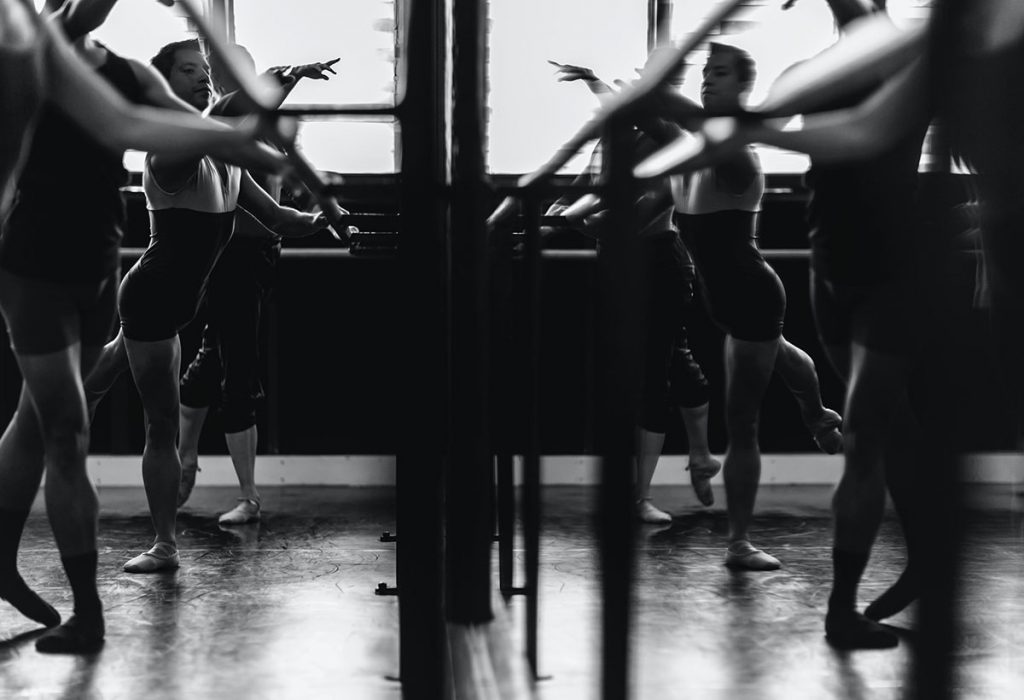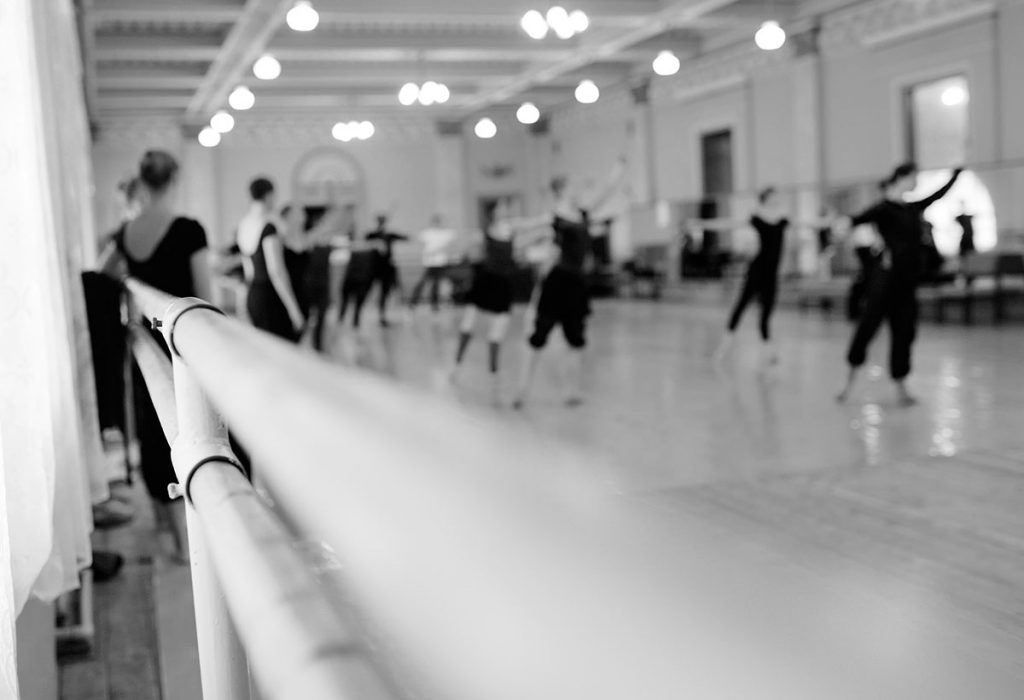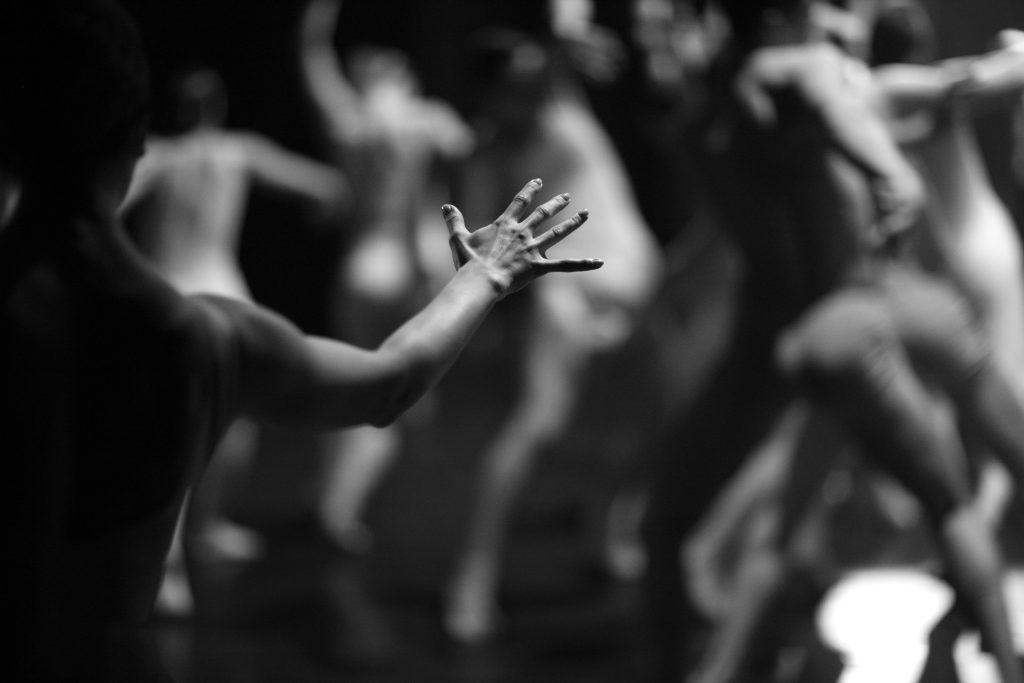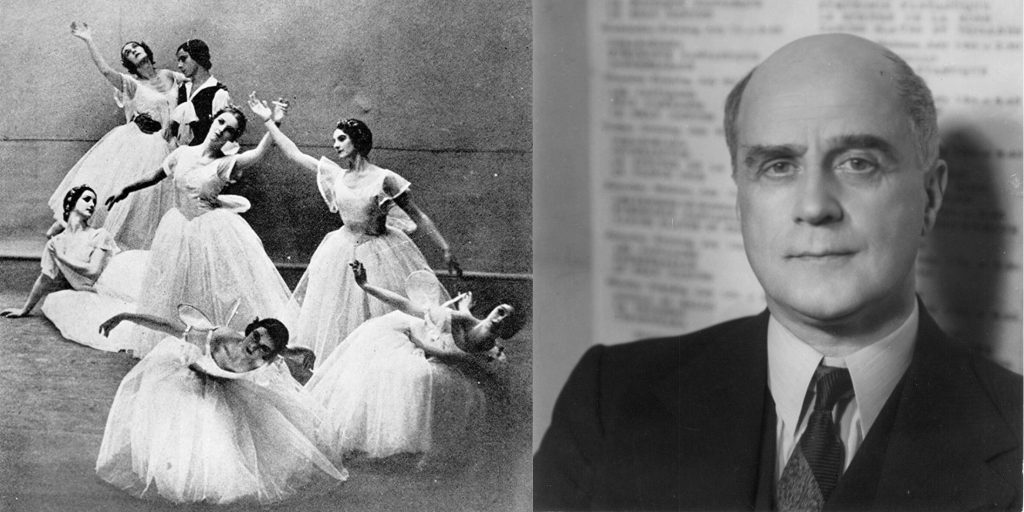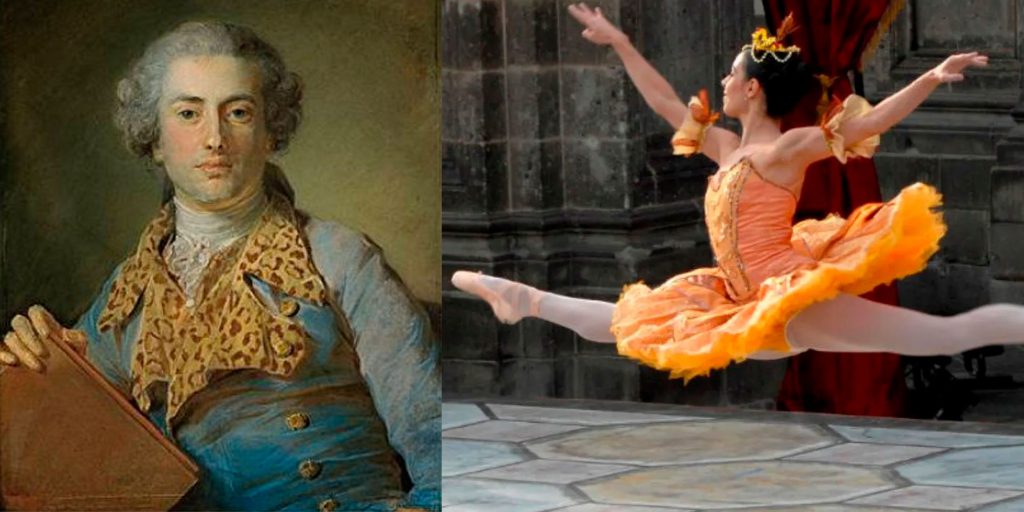Body language in dance. The new dilemma between the physical and the psychic. Between the visible and the invisible.
If you think that things, or dance in general, are fine as they are, then don’t continue reading.
But if you think you have to move on. That there are many things that can be updated and improved, so maybe you will find an answer here.
Starting with the way of learning to dance, which remains mainly the same as it has always been. Work with repetition and form. The placement of the body and its sensations. The fisic.
If we want to move forward, we have to recognize that the classic approach to learning in dance, attends almost exclusively to the physical. To work with the form. Without keeping an eye on the person who dances to improve precisely her dance.
To improve your dance we have taken the technical difficulty beyond the imaginable limit of the physical.
If we want to move forward, we have to recognize that the classic approach to learning in dance, attends almost exclusively to the physical. To work with the form.
What happens is that body language is not exclusively physical, but rather it is a combination of the visible, the physical or corporal (joints, muscles, bones, organs, etc.) with the invisible, the psychic or psychological (thoughts, emotions and needs, desires and intuitions) thus forming what is called the psycho-corporal or psycho-physical body.
Although the mind is insubstantial, it cannot be touched, it is supported by a physical, neurophysiological substrate, distributed throughout the body, without which it cannot exist. But the final product of this functioning is an insubstantial state, without matter, made up of thoughts, memories, fantasies, images, feelings, sensations, and other cognitive processes that belong to the world of mental representations.
The fact is that the mind has to be at the service of the body and not the other way around, although today it might seem otherwise. Since we have put the body at the service of the mind.
For this reason, corporal expression and interpretation, let’s call it, the ethical form, have almost no space in the training of dancers, with respect to the time and technical dedication given to the aesthetic form. We thought that with the invisible, it was not technically possible to work until now in dance.
The mind must be at the service of the body and not the other way around, although today it might seem otherwise. Since we have put the body at the service of the mind.
Taking into account this approach, we must recognize that everything remains to be done with the invisible.
That in the way of learning to dance, in the present and the future, we will have to implement new knowledge and techniques on body expression and interpretation, to take dance to new frontiers more consistent with what is being danced and healthier for the dancers.
In addition to recognizing that despite the fact that in dance we often have to interpret arguments or characters, we have done it and continue to do it more by intuition, than taking advantage of and studying the great advances and knowledge about body expression and movement, than art drama has made about his art.
That in the way of learning to dance, in the present and the future, we will have to implement new knowledge and techniques on body expression and interpretation, to take dance to new frontiers more consistent with what is being danced and healthier for the dancers.
This is the challenge, the new frontier and the role of corporal expression in dance that PASOATRES considers essential to contribute to our ancient and beautiful art.
I hope this article has been of some use to you. I wish you perseverance and determination in your desire to grow as a person and an artist.
Body language in dance. The new dilemma between the physical and the psychic. Between the visible and the invisible.
If you think that things, or dance in general, are fine as they are, then don’t continue reading.
But if you think you have to move on. That there are many things that can be updated and improved, so maybe you will find an answer here.
Starting with the way of learning to dance, which remains mainly the same as it has always been. Work with repetition and form. The placement of the body and its sensations. The fisic.
If we want to move forward, we have to recognize that the classic approach to learning in dance, attends almost exclusively to the physical. To work with the form. Without keeping an eye on the person who dances to improve precisely her dance.
To improve your dance we have taken the technical difficulty beyond the imaginable limit of the physical.
If we want to move forward, we have to recognize that the classic approach to learning in dance, attends almost exclusively to the physical. To work with the form.
What happens is that body language is not exclusively physical, but rather it is a combination of the visible, the physical or corporal (joints, muscles, bones, organs, etc.) with the invisible, the psychic or psychological (thoughts, emotions and needs, desires and intuitions) thus forming what is called the psycho-corporal or psycho-physical body.
Although the mind is insubstantial, it cannot be touched, it is supported by a physical, neurophysiological substrate, distributed throughout the body, without which it cannot exist. But the final product of this functioning is an insubstantial state, without matter, made up of thoughts, memories, fantasies, images, feelings, sensations, and other cognitive processes that belong to the world of mental representations.
The fact is that the mind has to be at the service of the body and not the other way around, although today it might seem otherwise. Since we have put the body at the service of the mind.
For this reason, corporal expression and interpretation, let’s call it, the ethical form, have almost no space in the training of dancers, with respect to the time and technical dedication given to the aesthetic form. We thought that with the invisible, it was not technically possible to work until now in dance.
The mind must be at the service of the body and not the other way around, although today it might seem otherwise. Since we have put the body at the service of the mind.
Taking into account this approach, we must recognize that everything remains to be done with the invisible.
That in the way of learning to dance, in the present and the future, we will have to implement new knowledge and techniques on body expression and interpretation, to take dance to new frontiers more consistent with what is being danced and healthier for the dancers.
In addition to recognizing that despite the fact that in dance we often have to interpret arguments or characters, we have done it and continue to do it more by intuition, than taking advantage of and studying the great advances and knowledge about body expression and movement, than art drama has made about his art.
That in the way of learning to dance, in the present and the future, we will have to implement new knowledge and techniques on body expression and interpretation, to take dance to new frontiers more consistent with what is being danced and healthier for the dancers.
This is the challenge, the new frontier and the role of corporal expression in dance that PASOATRES considers essential to contribute to our ancient and beautiful art.
I hope this article has been of some use to you. I wish you perseverance and determination in your desire to grow as a person and an artist.



